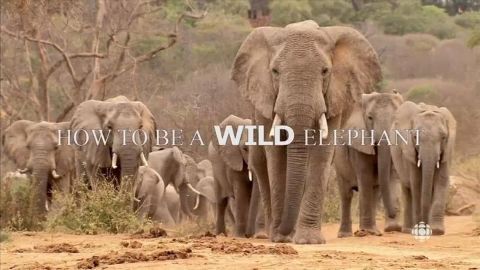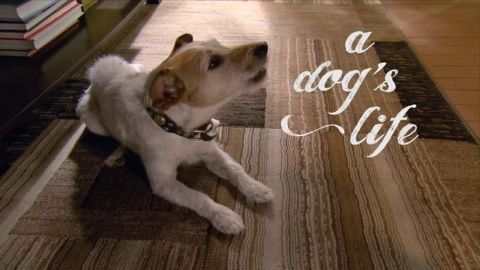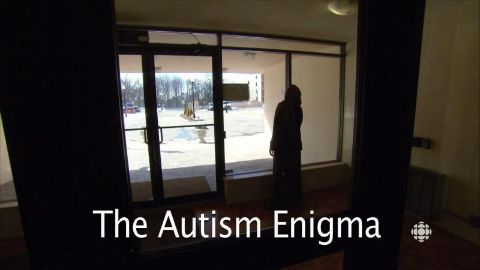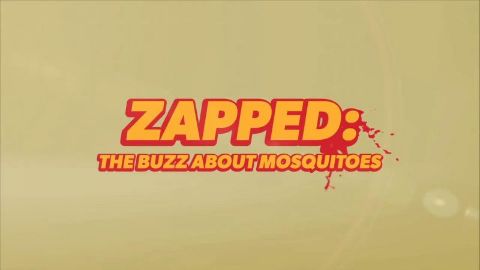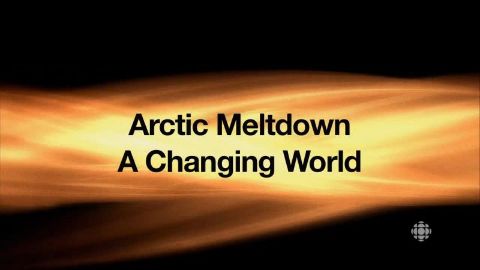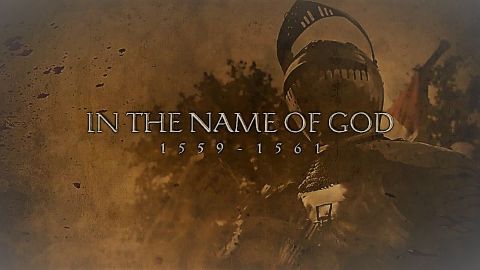The Code Breakers • 2011 • episode "S50E10" • The Nature of Things
For decades, scientists believed that humans were forced to wait until the end of the last Ice Age before they could enter the Americas. Evidence suggests that 11,000 years ago they crossed the Bering Land Bridge by foot, into what is now modern-day Alaska. Those peoples were called the Clovis, and their arrival and hunting practices were blamed for the sudden disappearance of many large mammals, from mastodons and woolly mammoths to giant ground sloths and sabre-toothed tigers. In recent years however, tantalizing – but often frustratingly inconclusive – evidence of an earlier human migration into the Americas has begun to emerge. It is an incredible revelation – to think that ancient humans could somehow have managed to get past a sheet of ice four kilometres thick. In this fascinating documentary, Canadian anthropologist and adventurer Niobe Thompson takes us inside the incredible scientific discoveries that are finally unraveling these mysteries
Make a donation
Buy a brother a hot coffee? Or a cold beer?
Hope you're finding these documentaries fascinating and eye-opening. It's just me, working hard behind the scenes to bring you this enriching content.
Running and maintaining a website like this takes time and resources. That's why I'm reaching out to you. If you appreciate what I do and would like to support my efforts, would you consider "buying me a coffee"?
Donation addresses
BTC: bc1q8ldskxh4x9qnddhcrgcun8rtvddeldm2a07r2v
ETH: 0x5CCAAA1afc5c5D814129d99277dDb5A979672116
With your donation through , you can show your appreciation and help me keep this project going. Every contribution, no matter how small, makes a significant impact. It goes directly towards covering server costs.


















